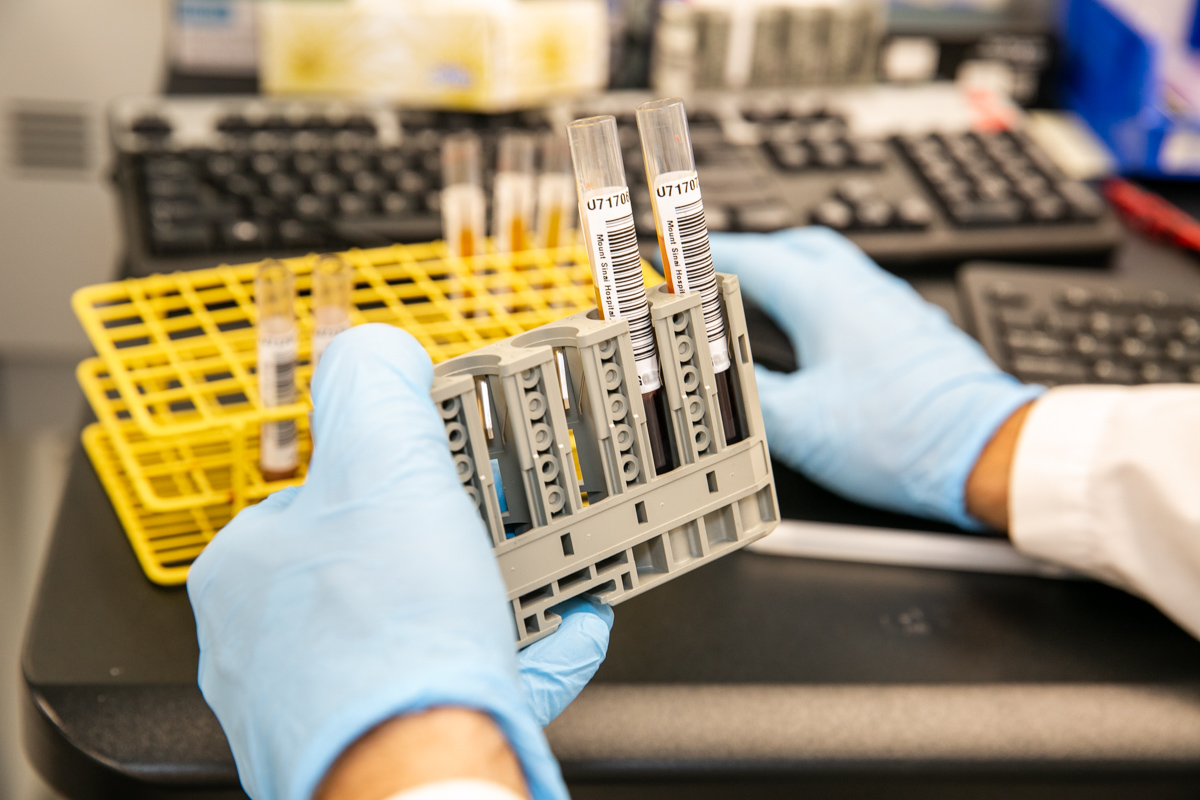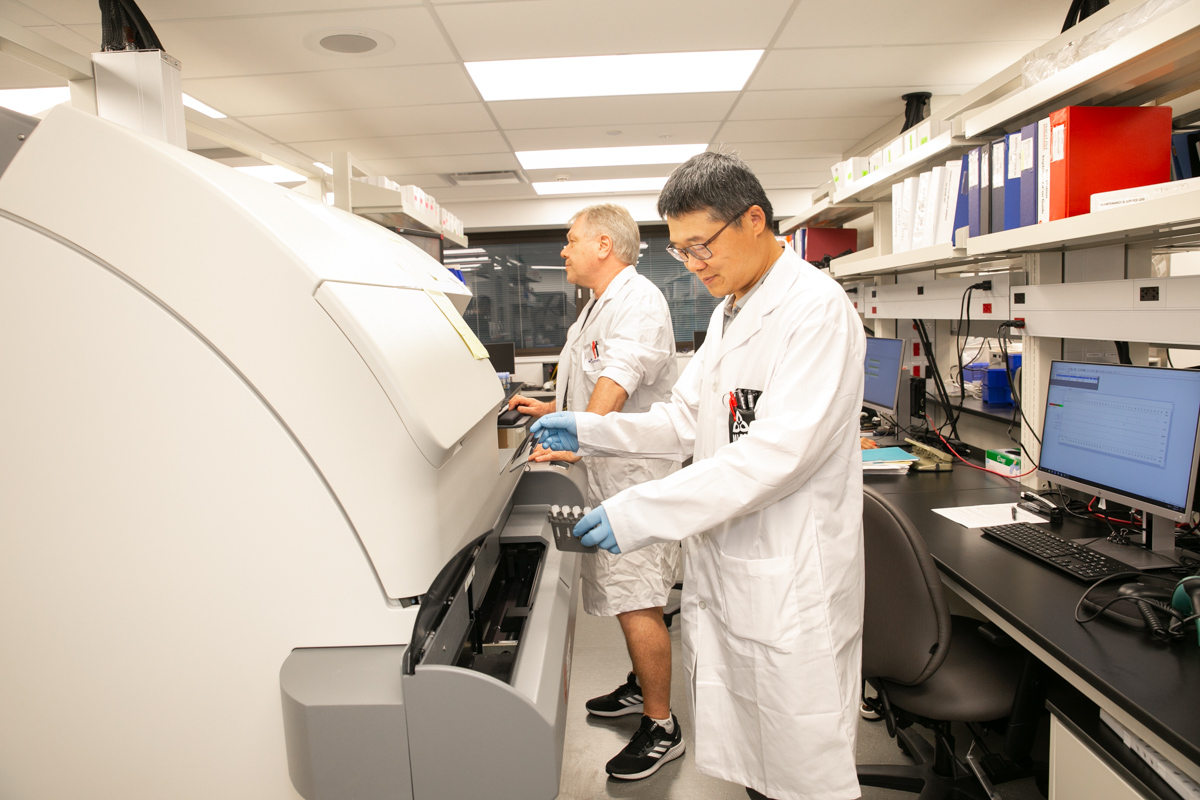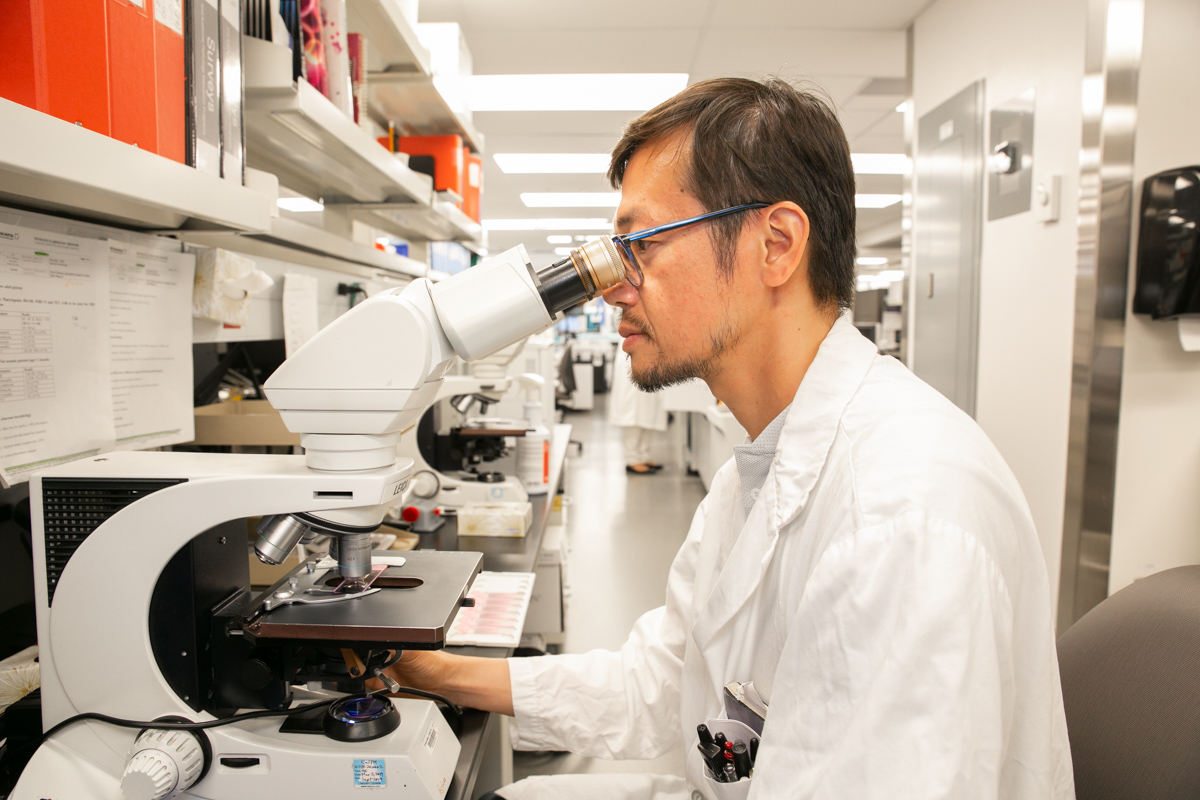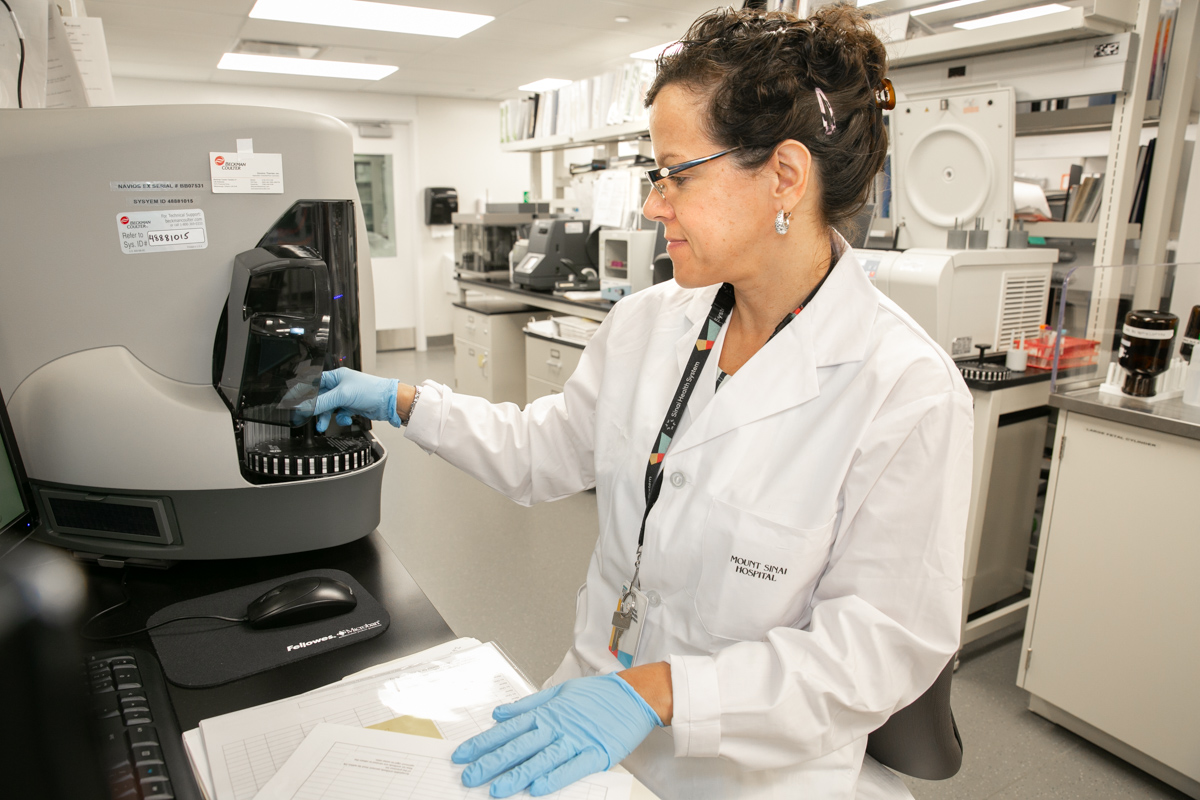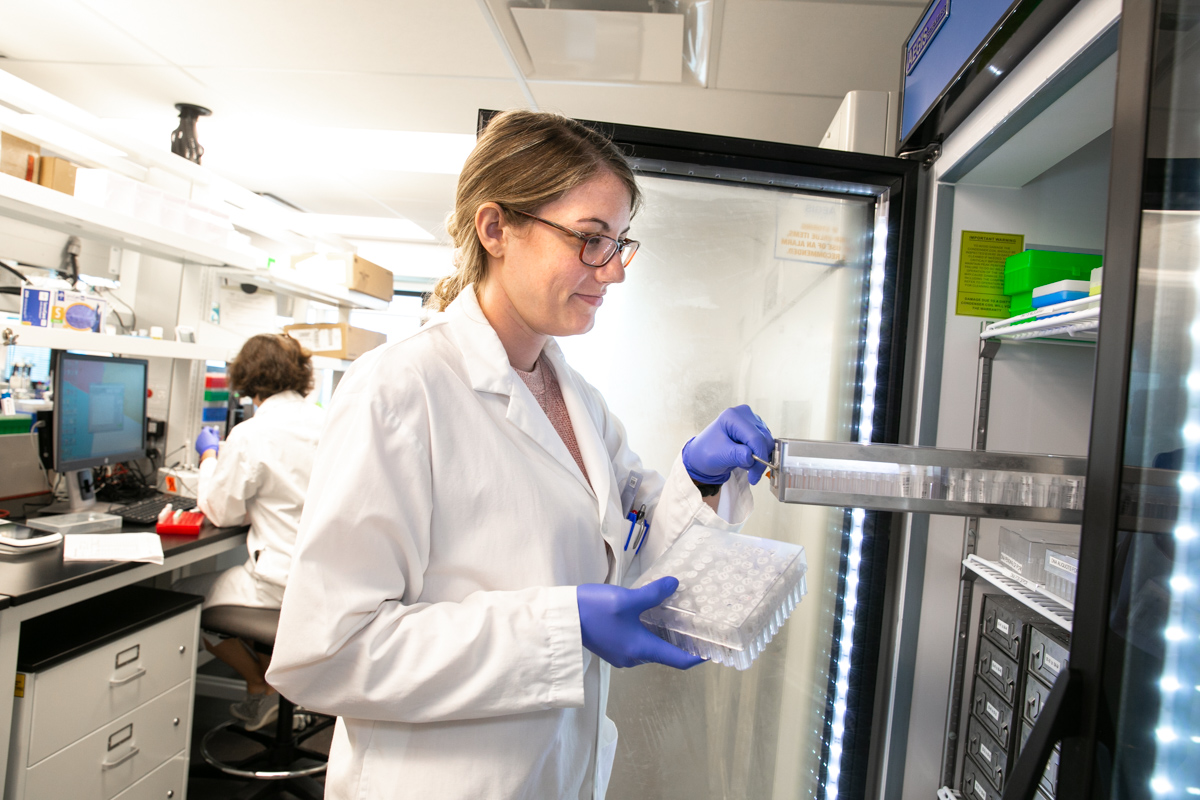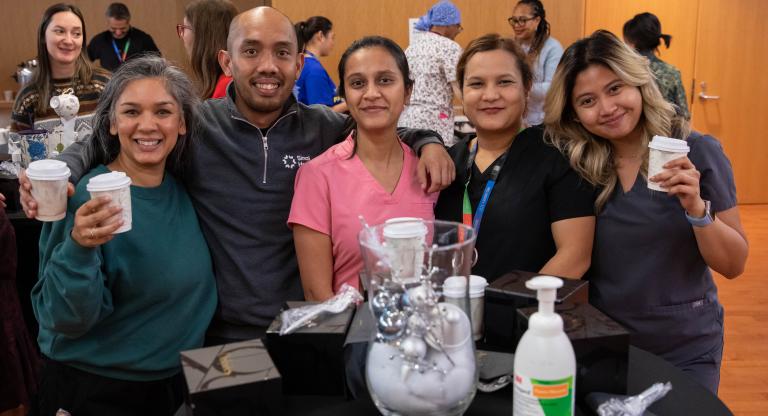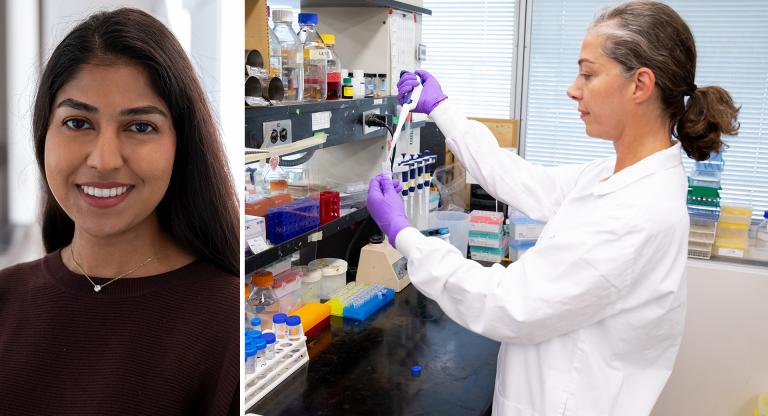New lab, same commitment to patient care

The process took more than 16 weeks, but part of Mount Sinai’s Department of Pathology and Laboratory Medicine – where our patients’ blood, amniotic fluids and other samples are sent for testing – has finally relocated to its brand new lab on the 11th floor.
Maintaining operations throughout the move was top priority. Approximately 200 Medical Laboratory Technologists continued delivering nearly 10,000 tests per day while at the same time over 100 complex pieces of equipment were taken apart, re-assembled, re-calibrated and validated before becoming operational again.
To celebrate this exciting milestone, we took a behind-the-scenes look at the space, and are showcasing our laboratory technologists’ significant contributions to patient care.
The areas of the Department of Pathology and Laboratory Medicine that relocated and are described above include Diagnostic Medical Genetics and the Core Lab (which includes Chemistry, Hematology, Transfusion Medicine and Specimen Management). Other areas of the department remain on the 6th floor, and will be redeveloped at a later date.











